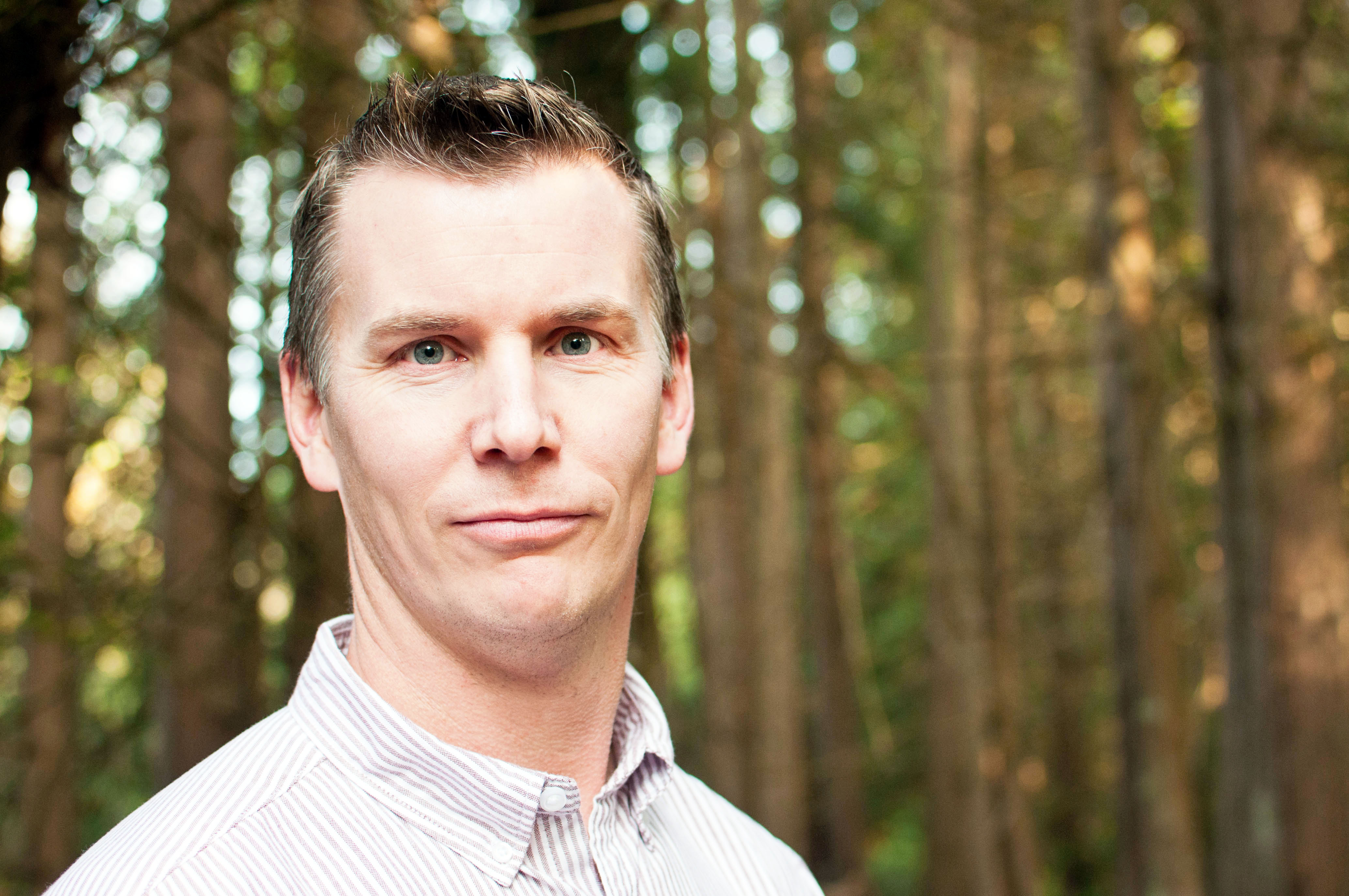
24 Nov How can you bridge the understanding gap? Tell stories that make a difference.
Both the CEO and the frontline worker are too close to the story to see it from every angle. And yet we all want the whole picture. It helps us learn new things, trust others, build empathy and reach our potential.
In my consulting practice I help clients understand the impacts of growth, downsizing, restructuring and technology implementations. News about each is shared with employees as a standard practice. Think back to the communications that supported your work as a leader this past year. Did those stories expand everyone’s understanding of the situation?
 Think of each employee’s journey through the never-ending changes that happen in today’s workplace. That experience may include family pressures created by overtime, the feeling of being devalued as their role shifts, or the loud message an executive action sends even if the official employee notice states the opposite.
Think of each employee’s journey through the never-ending changes that happen in today’s workplace. That experience may include family pressures created by overtime, the feeling of being devalued as their role shifts, or the loud message an executive action sends even if the official employee notice states the opposite.
Using interviews, focus groups and surveys, I learn from the employee experience. A fun part about doing my job is the realization that everyone has wisdom to share; you just have to ask open-ended questions and listen for it. Another realization is that we all try to make clear judgements about our circumstances, even if we don’t have all the information we need.
When we’re in the moment, it’s hard to grasp its true significance. Each of us lacks the distance to fully recognize where we fit within a given situation. My research would suggest that we all need help to see how we are impacted by work events, and it’s also useful for us to understand how others see the situation.

When asked, employees say they crave more information and greater transparency. They also share how they prefer to receive information. But employees don’t ask for us to communicate context; they are focused on their operational role: the next deadline, the customer problem or a safety issue. Leaders also naturally focus on the immediate because it supports short-term performance. Over time, these behaviors create gaps in our understanding.
The answer to bridging this ‘understanding gap’ is to share the stories of those around us. This helps us understand how we fit in, and how others see the situation. Employees might not ask for these stories, and that’s why professional communicators need to be talented artists and scientists. They use creativity to get the attention of an audience, but they need a clear purpose to enroll them.
Change leaders and internal communications professionals are in a good position to fill the understanding gap. By telling the right stories they can intentionally build context, improve business acumen and help create a better and more productive workplace. As leaders we want people at all levels to understand the big picture, embrace change and empathize with each other. Creating that expanded view is a powerful lever, both in increasing the capacity of those who lead, but also in building the openness and trust of those who follow. To accept your leadership, they need to be able to see and hear one another.
The organizational communicator’s job is not to simply tell the news within an organization but to create the opportunity for understanding and action. That is the alchemy of great storytelling – it can spark a shift, a transformation in which the positive energy of individual employees is fueled by a better understanding of themselves and those around them.
“Be the change that you wish to see in the world.”
Mahatma Gandhi



Sorry, the comment form is closed at this time.